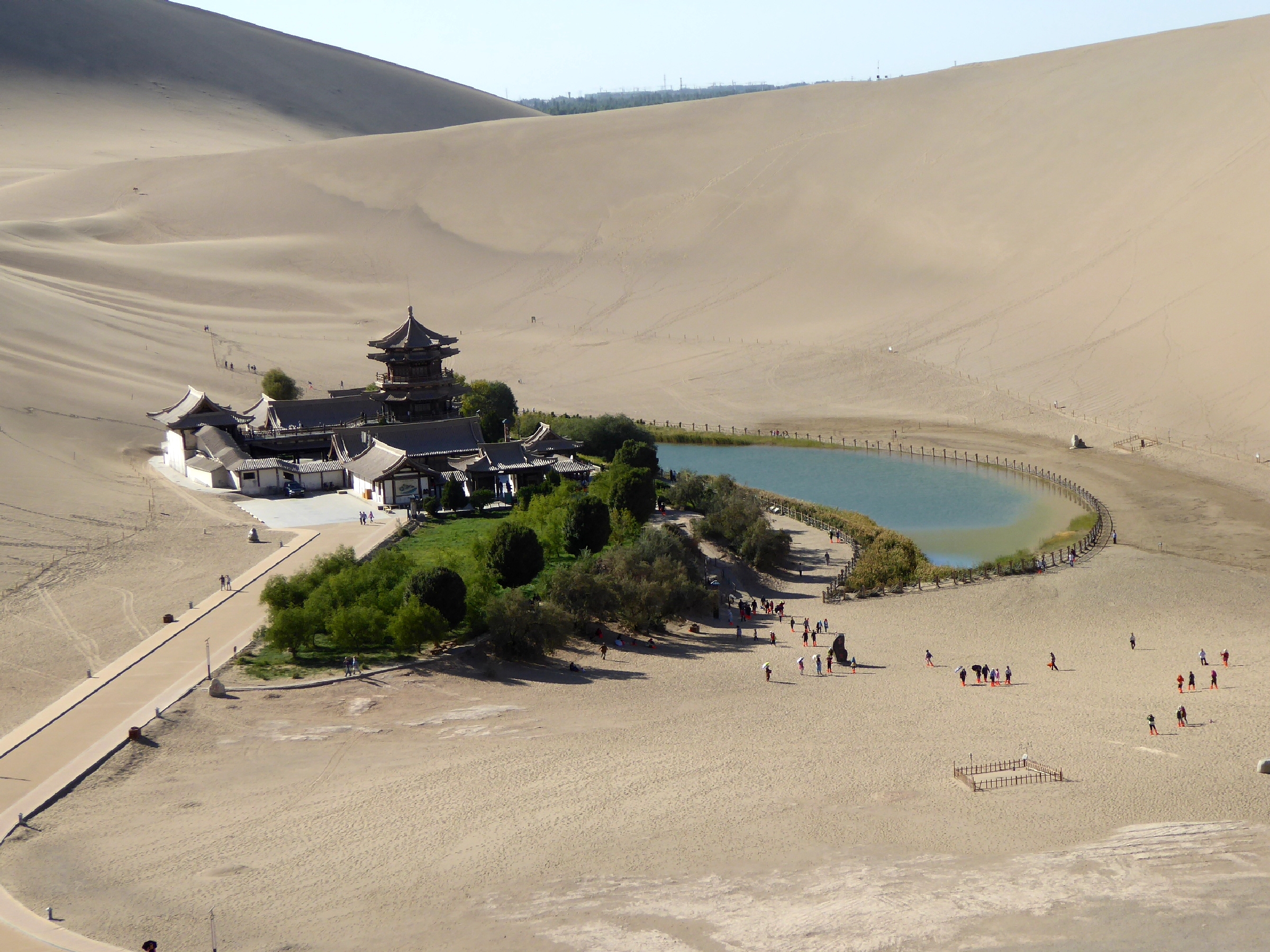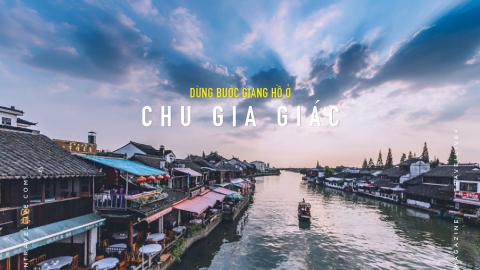Dunhuang, an oasis on the ancient Silk Road, was not only a place for merchants to rest, but also a cultural, artistic and religious intersection between East and West. Dunhuang, located in the west of Gansu Province and the east of the Taklamakan Desert, is a very important historical site, recognized by UNESCO as a world heritage site with more than 1,000 years of cultural and artistic exchange.
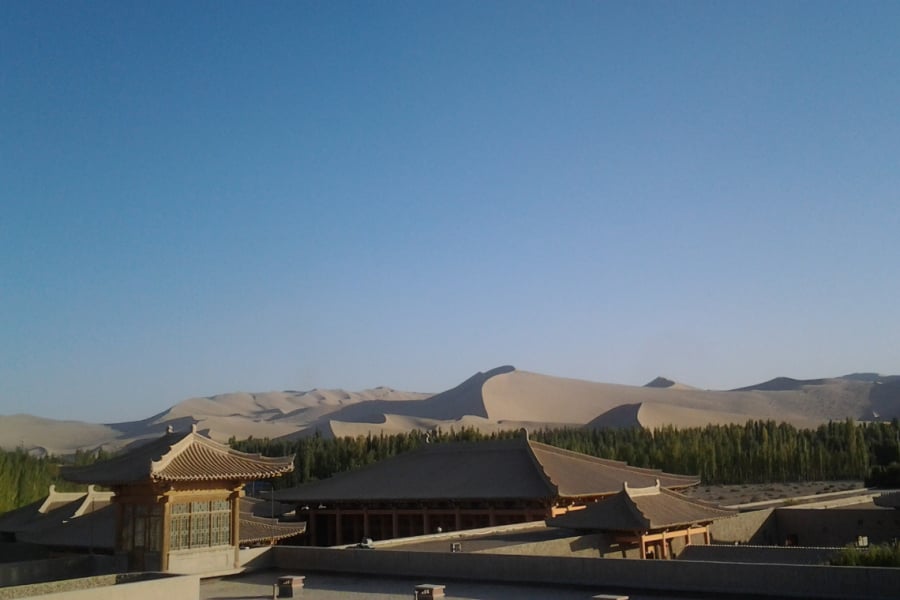
Yumen Pass is a pass located west of Dunhuang. In ancient times, this was where the Silk Road passed through, and was one of the important routes connecting Central Asia with China, where there were small countries such as Yutian, Gaochang, Turkic... collectively known as the Western Regions. For defense as well as tight control of security and economy, the government built many passes from the capital to the border. Yumen Pass is the last rampart separating the Central Plains and the Western Regions. Just passing through Yumen Pass is entering a wild, harsh and dangerous land.
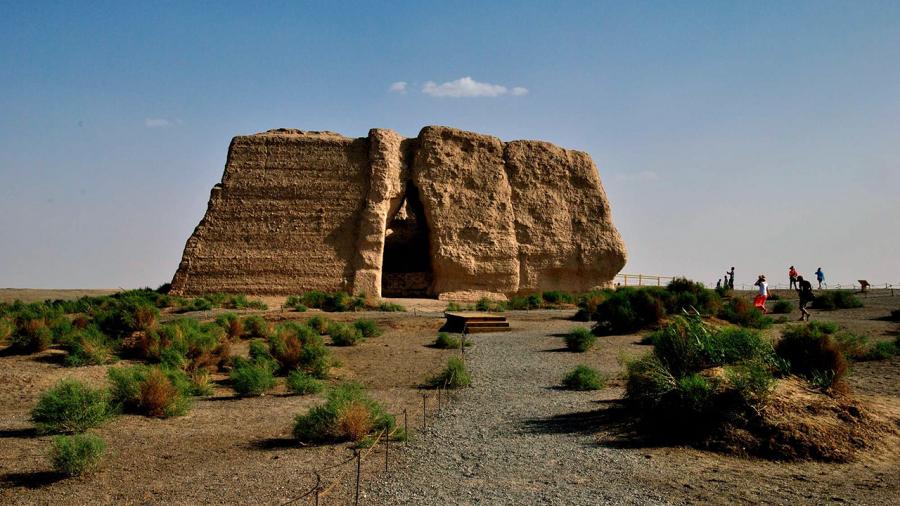
Jade Gate Pass
During the flourishing period of the Silk Road, Yumen Pass was once very crowded and bustling when thousands of people from the Western Regions and Central Plains came here to trade goods. Under the ravages of sun, wind, desert sand and time, Yumen Pass today only has a corner of the wall standing alone in the middle of the sea of sand. Near Yumen Pass is a remaining section of the Great Wall from the Han Dynasty. These ruins quietly stand there with the wind and rain, witnessing the changes of countless dynasties...

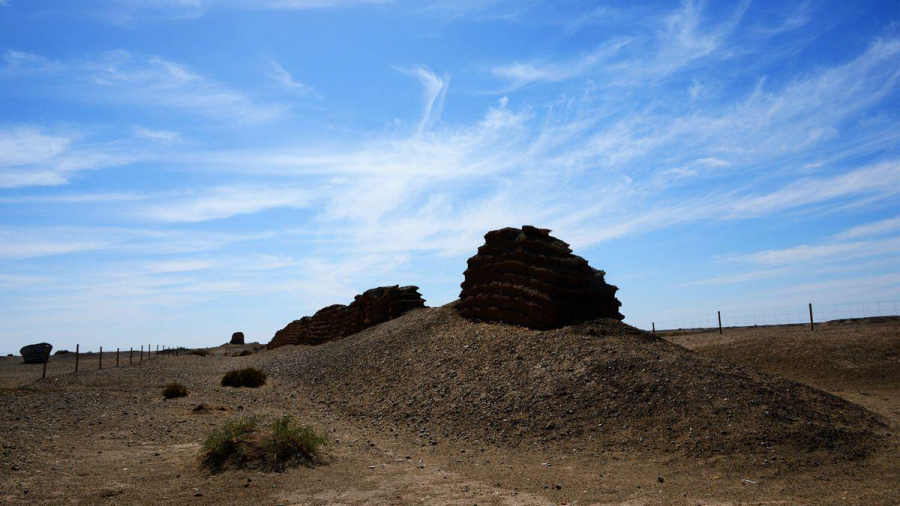

Han Dynasty Great Wall Relics
But coming to Dunhuang, perhaps the most meaningful opportunity is to enjoy the architectural works, the unique ancient works of art; visit the massive Buddhist museum - library, which preserves countless precious documents that cannot be found anywhere else. The Mogao Caves, located 25 km outside the Dunhuang oasis, are a repository of documents on the religious, artistic, economic, political and social life of this land, illustrated through the frescoes, sculptures, objects and documents found inside the cave complex.
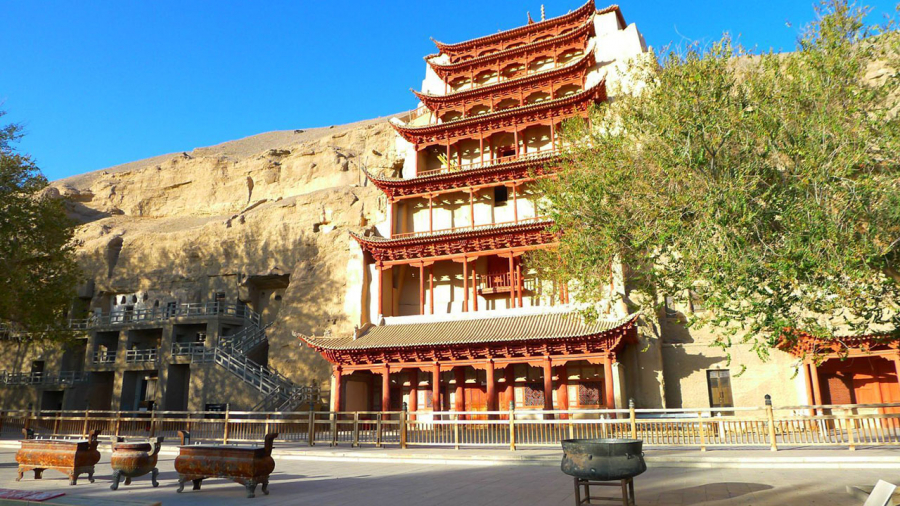
Entrance to the Mogao Caves
Legend has it that a wandering monk named Le Sun saw thousands of Buddhas shining in the sky in 366. He then built a temple with a golden Buddha statue on a cliff by the river. Later, another monk named Fa Liang visited Dunhuang and built a second cave nearby. Within a few decades, 70 caves were built in Mogao. And over the past 1,000 years, artisans have created more than 700 cave temples with 45,000 m2the frescoes.
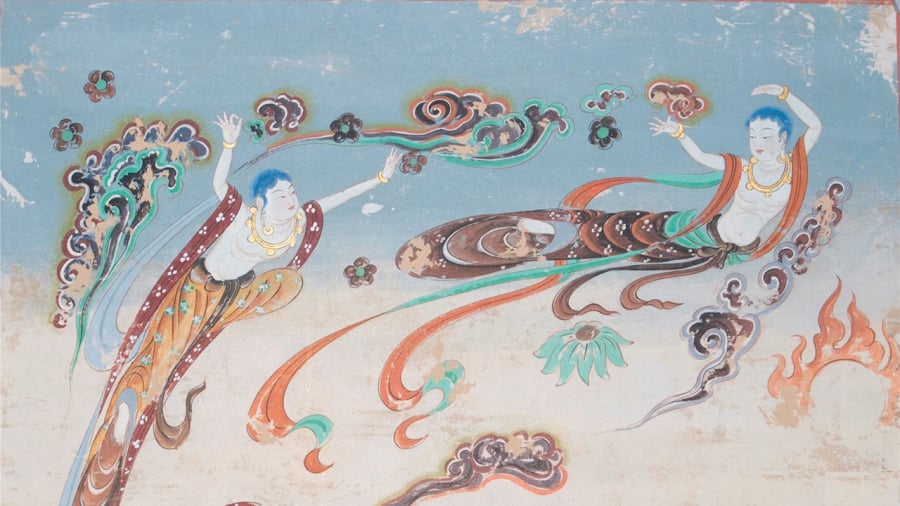

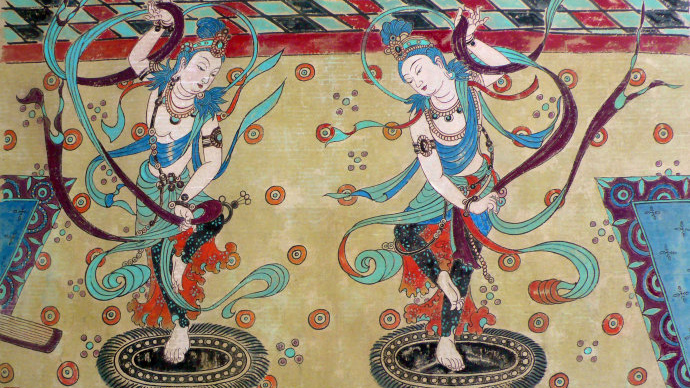
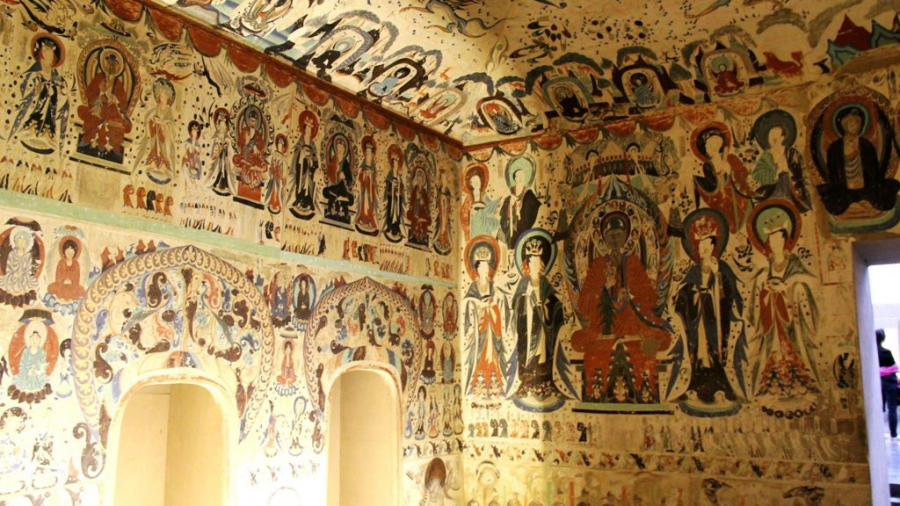
There are about 2,415 statues remaining in Dunhuang, many of which were restored during the Qing Dynasty. In previous dynasties, the backs of the statues were attached to the wall, the heads were made separately, and then placed on the bodies. It was not until the Tang Dynasty that the statues were completely detached. During the Tang Dynasty, two giant Buddha statues were built here, reflecting the power and pride of the empire at that time. The Tang Dynasty cave is considered the pinnacle of Mogao. Unlike statues from previous dynasties, the detached statues of this period can be admired from all sides. The vibrant colors and sharp details of the statues' costumes also reflect the affluent lives of the monks at that time.
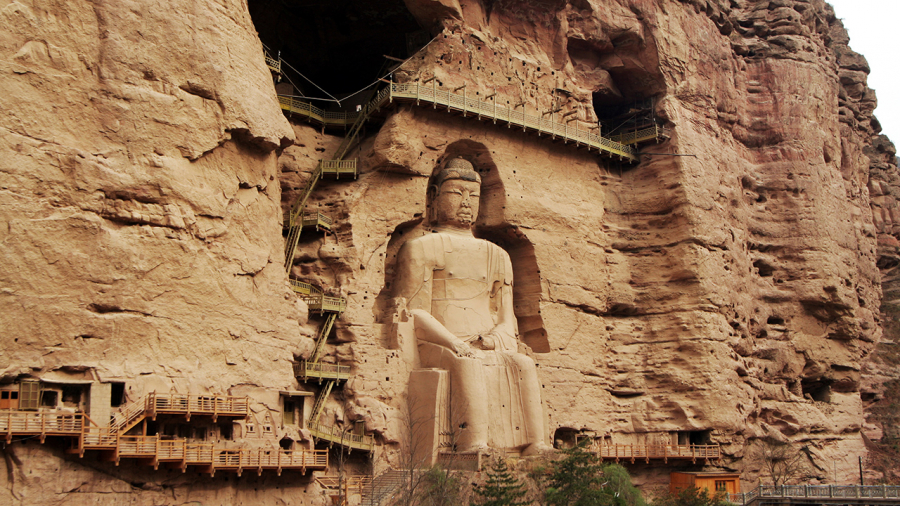
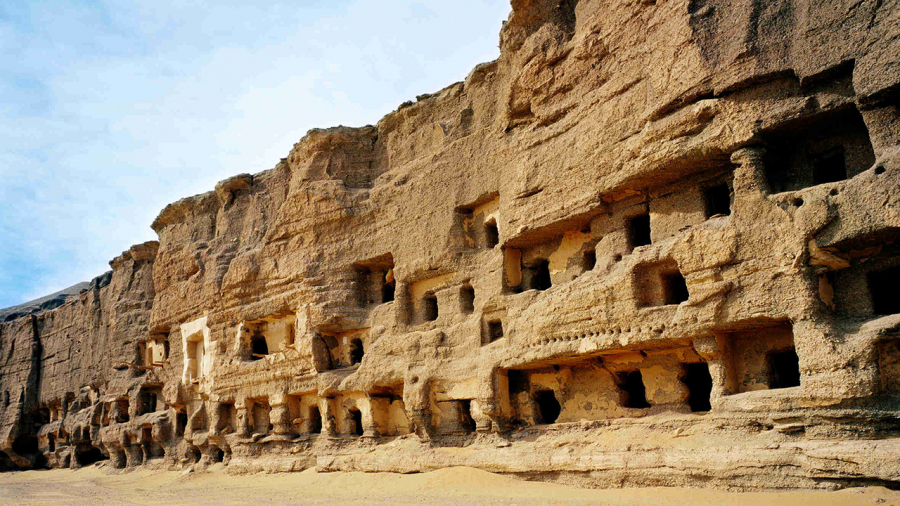

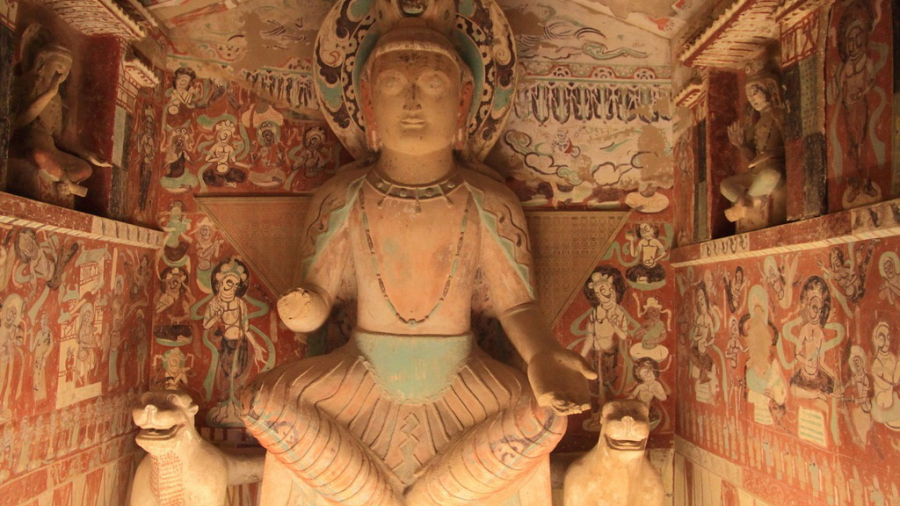


Another famous scenic spot of Dunhuang is Crescent Spring. In the middle of the barren desert lies a lush green oasis and a picturesque crescent-shaped freshwater lake - Crescent Spring was a major stop for Silk Road traders crossing the desert. To serve the needs of travelers, a temple was built by the lake during the Han Dynasty, making the oasis even more magical and sacred.

Crescent Spring
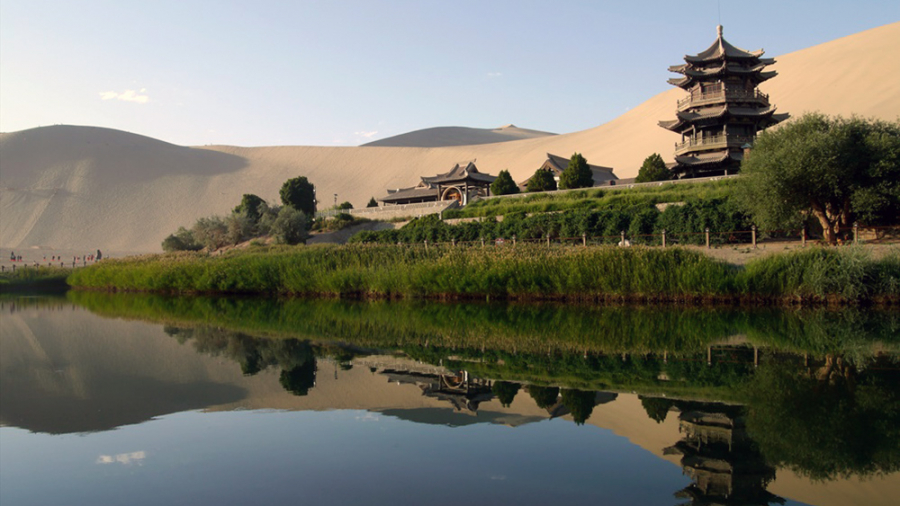
The temple next to Crescent Spring
Visitors can walk to enjoy the scenery, enjoy peaceful and quiet moments here. Surrounding the Moonlight Spring is the Minh Sa Mountain sand dunes, you just need to look out to see how vast the Gobi desert is, at the same time admire the Moonlight Spring from above and experience interesting games such as sliding down from the high sand dunes, racing motorbikes in the desert...
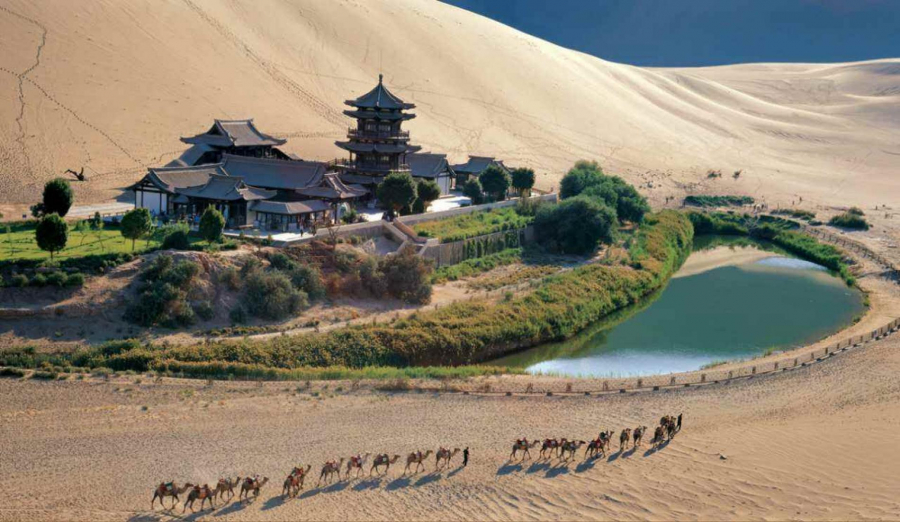
The image of herds of camels following each other on Minh Sa Mountain easily makes tourists imagine the scene of merchants carrying goods on the Silk Road, connecting the eastern region of China, through Central Asia, to the Mediterranean Sea thousands of years ago. But today, the herds of camels walking on the endless red sands of Minh Sa Mountain no longer carry expensive spices, herbs and fabrics like before, but carry tourists for 100 yuan per trip. According to statistics, the number of camels serving tourists in this barren Minh Sa Mountain is more than 1,000.
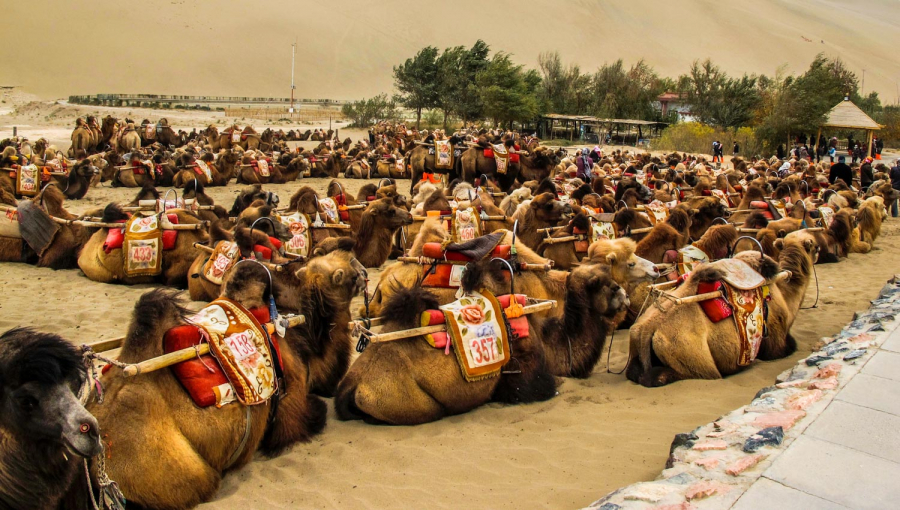
Tourists flock to this barren land more and more because of curiosity about the towering sand dunes, desert storms and terrifying banditry that has claimed the lives of countless merchants passing through.
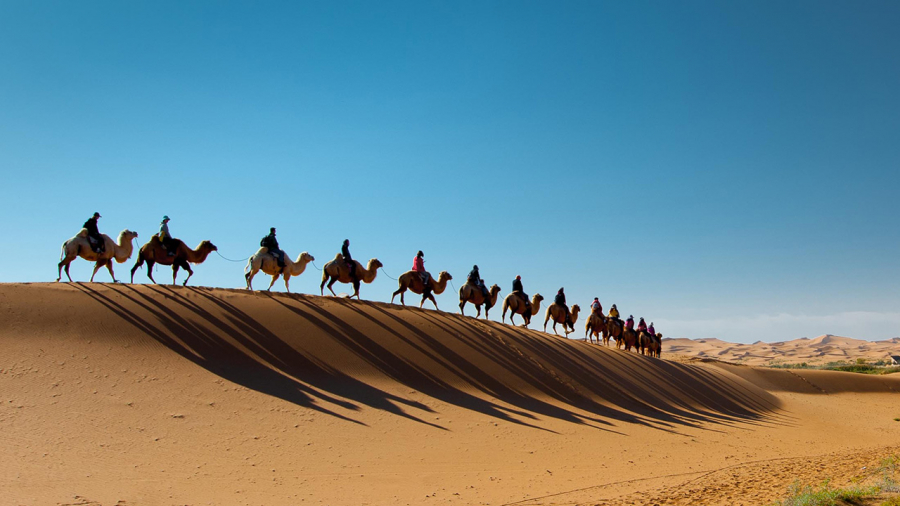
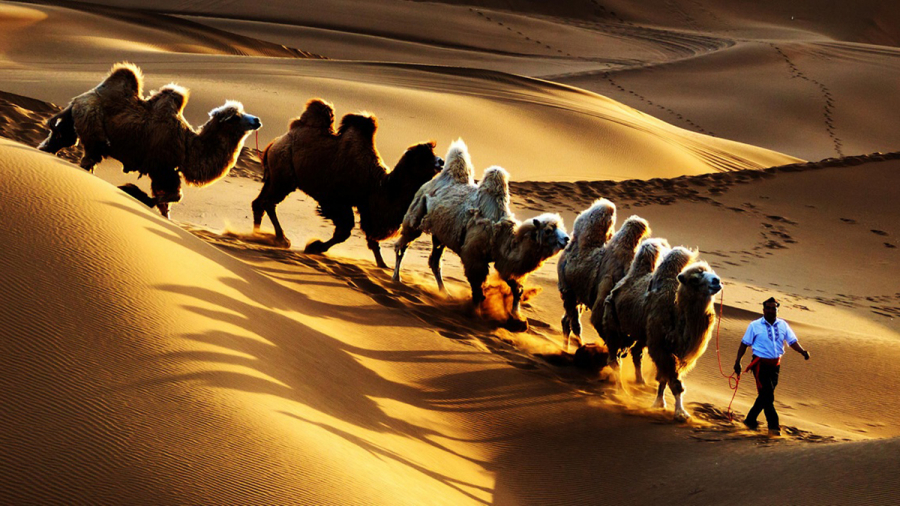

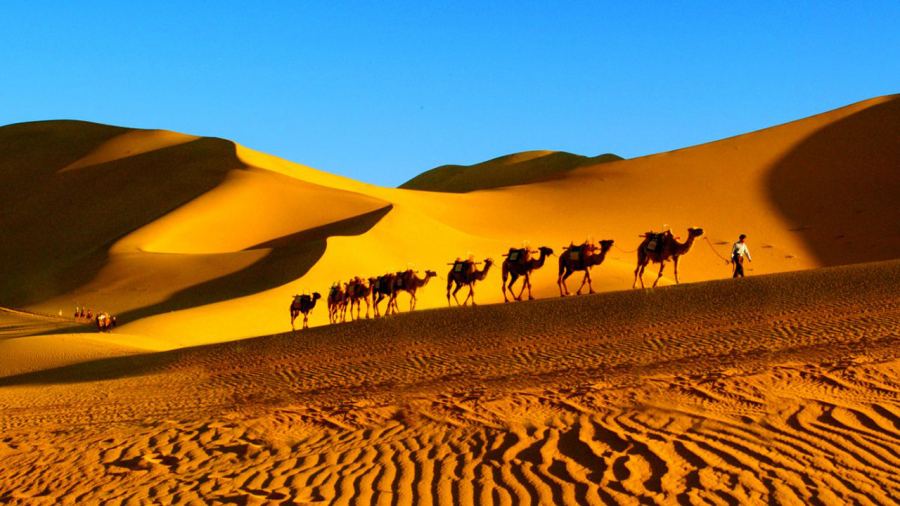
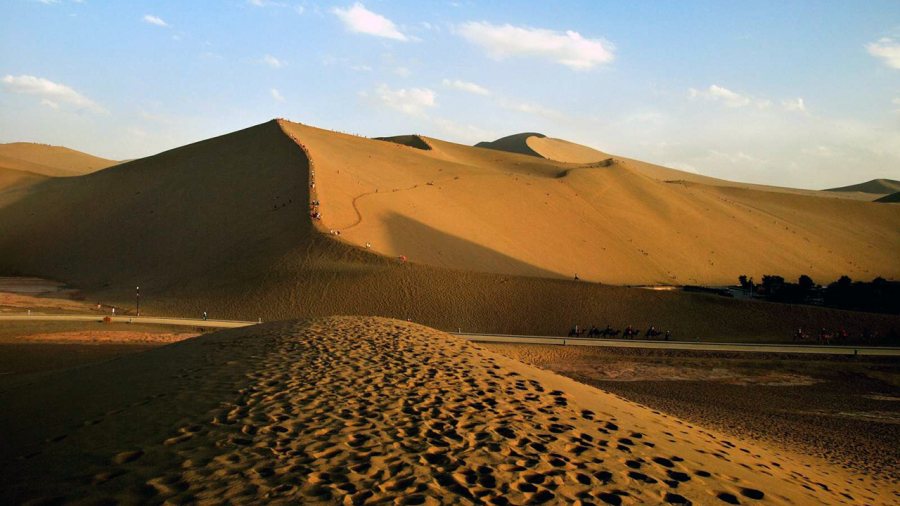

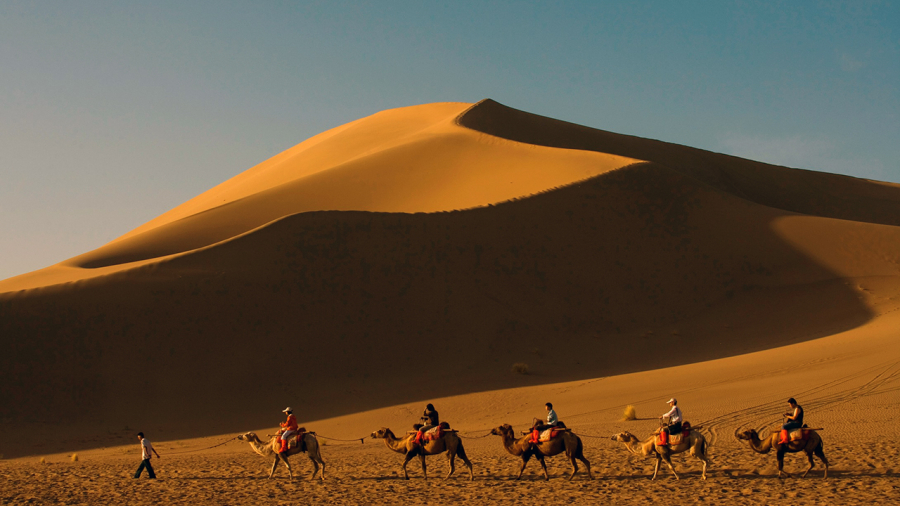
Today, Dunhuang has become a famous tourist attraction, with no trace of bandits or other dangers. Coming here, visitors can enjoy unique art performances, stroll through the local night market or enjoy dishes with the flavor of the "Silk Road". And above all, they can enjoy the architectural works and extremely valuable ancient works of art.






